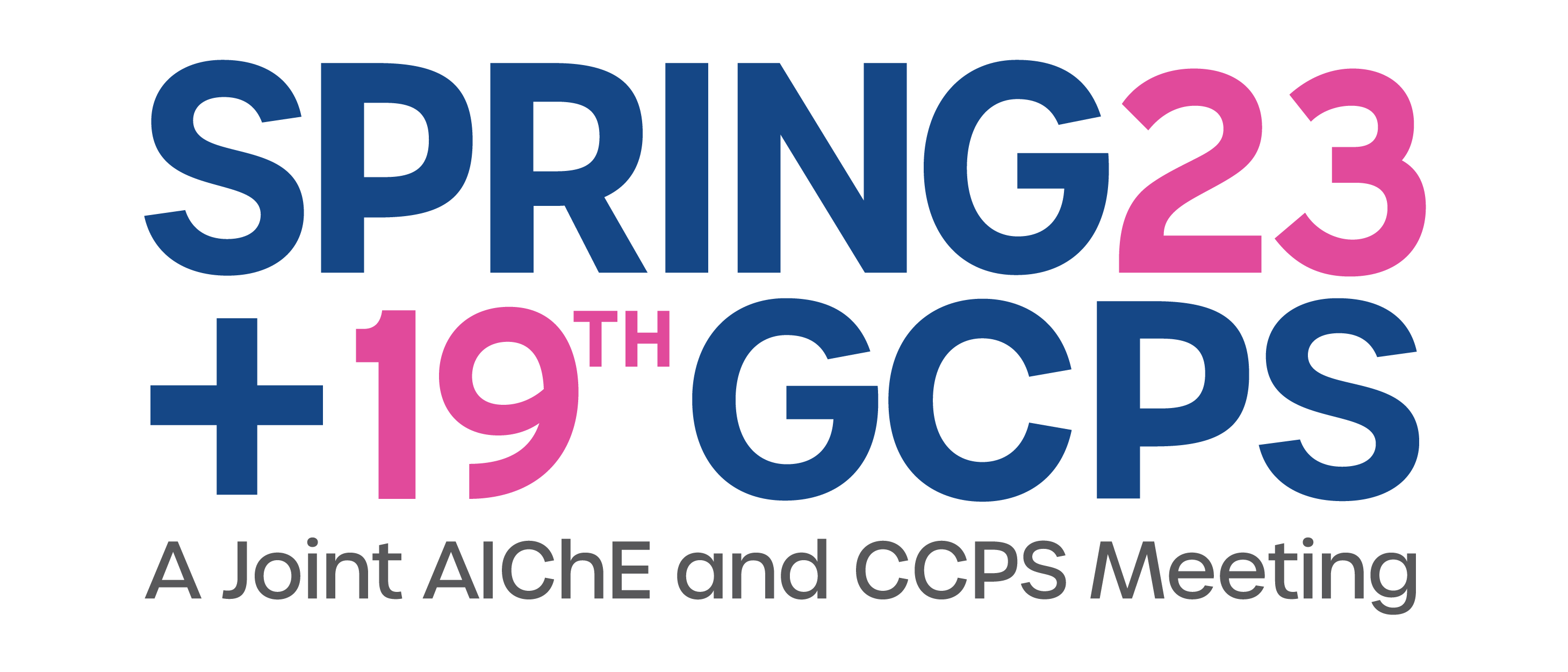

This paper will highlight our efforts in developing a sustainable process for the direct synthesis of dimethyl carbonate (DMC), which is a flexible molecule used in a variety of applications such as a sustainable and green solvent, an electrolyte in the battery industry, a fuel additive, and in the manufacturing of engineering plastics. The direct synthesis of DMC involves reacting methanol and CO2 to produce DMC and water as a means of decarbonizing the natural gas industry. We utilize reaction engineering concepts and techniques to synthesize, characterize, and develop catalysts and then test the efficacy of those catalysts for the direct synthesis of DMC. We synthesized catalysts using xero-gel method and co-precipitation techniques, and the performance of these catalysts was evaluated in a slurry reactor under the batch condition of 5-30 bar pressure and 110-130 °C temperature. The catalysts exhibited significantly different conversions towards DMC, but all below 1% conversion – in line with our thermodynamic assessment (Elbashir, Choudhury and Challiwala, 2021). Furthermore, a metric we developed to study the potential for CO2 fixation through chemical reactions indicated the process is CO2 neutral and negative only when the reaction has a conversion above 30% when the reaction is carried out in these relatively low-pressure conditions. Thus, to approach this target, we attempt to shift the equilibrium conversion by utilizing methods for in-situ removal of water, which shifts the equilibrium in favor of the forward reaction. Our test with physical adsorbents such as activated carbon, Dowex, and 5A molecular sieves showed no improvement in the methanol conversion toward DMC. However, the addition of 2-CP as a water scavenger, even at a low-pressure reaction condition of 5 bar, showed significant improvement in methanol conversion towards DMC (Tomishige, Tamura and Nakagawa, 2018). An optimization of 2-CP system for low-pressure conditions of 5 bar is underway to approach the conversion needed to make the direct synthesis of DMC viable reaction pathways for CO2 sequestration. Currently, we are conducting modeling, simulations, and kinetic analyses in preparation for testing the reaction in a relatively large scale (10 l/hr) Reactive Water Distillation unit.
This work is funded by a research grant from Qatar National Research Fund under its flagship NPRP program (Project No. NPRP13S-0122-200141) and co-funded by Shell Global Solutions (Qatar Shell Research Technology Center).
References
Elbashir, N. O., Choudhury, H. A. and Challiwala, M. (2021) ‘Methods of Producing Dimethyl Carbonate’. World Intellectual Property Organization International Bureau.
Tomishige, K., Tamura, M. and Nakagawa, Y. (2018) ‘CO 2 Conversion with Alcohols and Amines into Carbonates, Ureas, and Carbamates over CeO 2 Catalyst in the Presence and Absence of 2-Cyanopyridine’, The Chemical Record. John Wiley & Sons, Ltd. doi: 10.1002/tcr.201800117.
Presenter(s)
Language
Pricing
Individuals
| AIChE Member Credits | 0.5 |
| AIChE Pro Members | $19.00 |
| Fuels and Petrochemicals Division Members | Free |
| AIChE Graduate Student Members | Free |
| AIChE Undergraduate Student Members | Free |
| AIChE Explorer Members | $29.00 |
| Non-Members | $29.00 |
